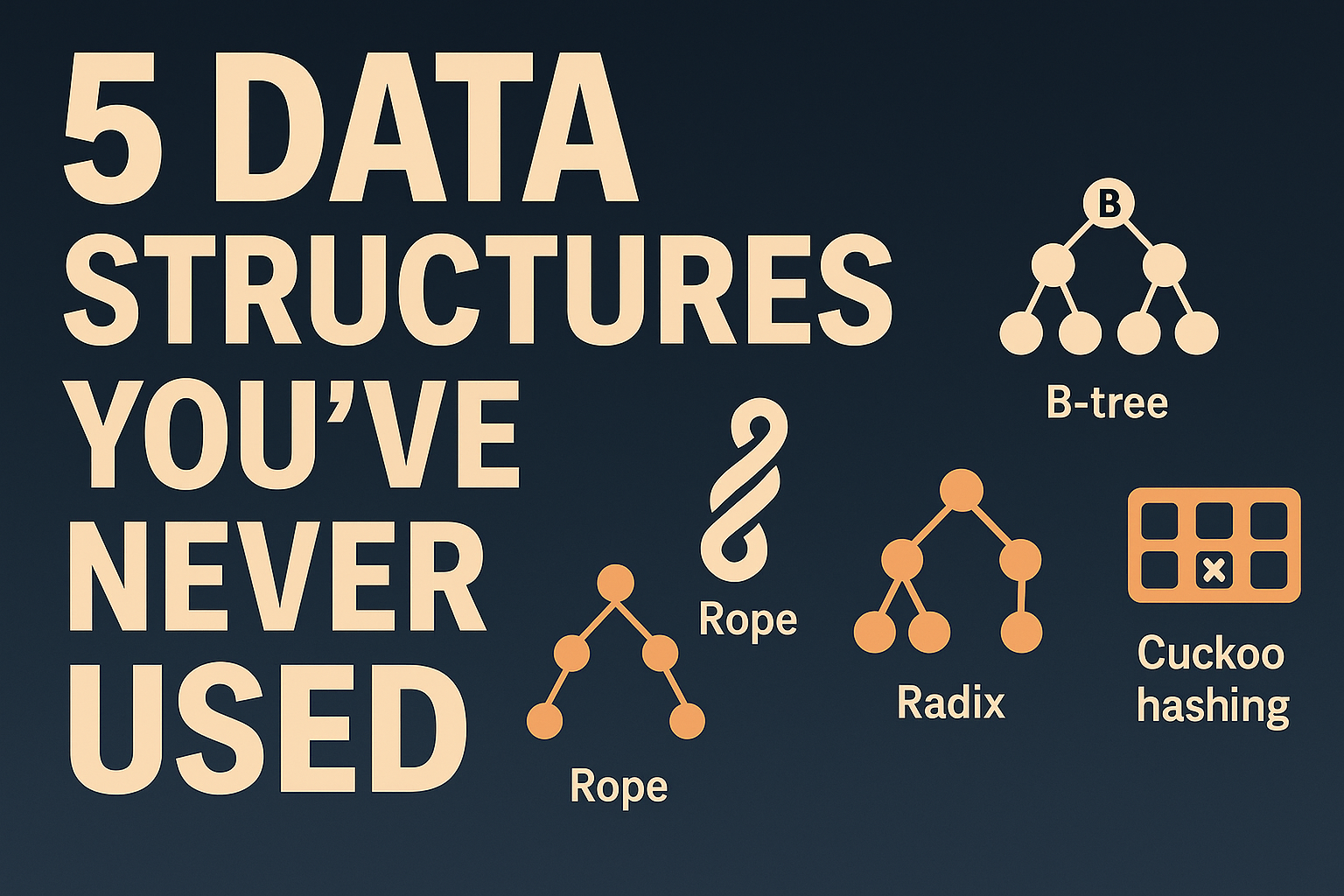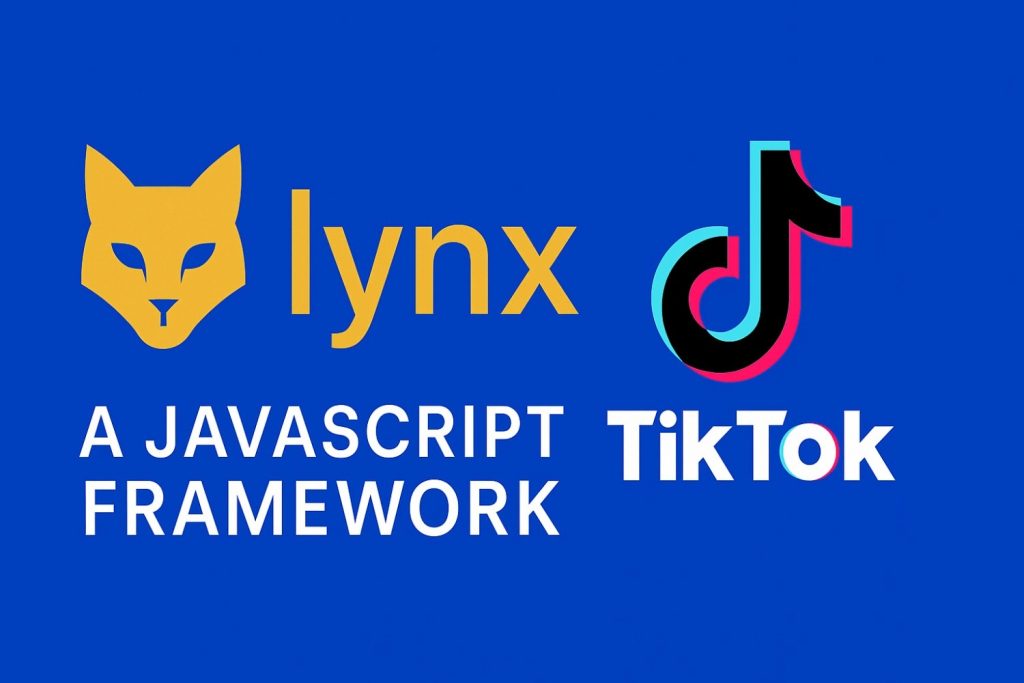Most developers are familiar with the classic data structures: arrays, linked lists, hash tables, stacks, queues, graphs, and trees. These foundational tools are critical for performing CRUD operations (Create, Read, Update, Delete) efficiently. But as software systems grow more complex, these basic structures sometimes fall short.
In this post, we’ll explore five advanced and lesser-known data structures that are built to solve real-world problems where traditional options just don’t cut it.
1. Radix Trees
When dealing with huge datasets like IP addresses or autocomplete systems, radix trees shine. They compress paths by merging nodes with only one child, making them super efficient for lookups involving shared prefixes.
2. B-Trees (and B+ Trees)
Binary search trees are great until they become too deep and slow down. Enter B-trees, a self-balancing data structure where each node can have multiple children. This reduces the depth of the tree and is perfect for minimizing disk I/O—critical for databases and file systems.
Today, most systems use the more optimized B+ Tree variant.
3. Rope
Working with large strings in text editors? A rope data structure splits strings into smaller chunks tied together with metadata. This makes operations like inserting, deleting, or replacing text lightning-fast, even in massive documents.
4. Cuckoo Hashing
Inspired by the sneaky cuckoo bird, this method resolves collisions by kicking existing keys to alternate positions. It ensures constant time lookups even in the worst-case scenario, making it one of the fastest hashing techniques out there.
5. Bloom Filters
Need to check if an item exists in a set without using too much memory? Bloom filters use multiple hash functions and a bit array to give you an answer fast. They’re great for membership testing where false positives are okay, but false negatives are not (e.g., caching, databases, spam detection).
Conclusion
Mastering data structures is about more than just knowing arrays and linked lists. The right structure can make your code faster, more scalable, and more elegant. So next time you hit a performance bottleneck, consider reaching into the toolbox for one of these powerful alternatives.











